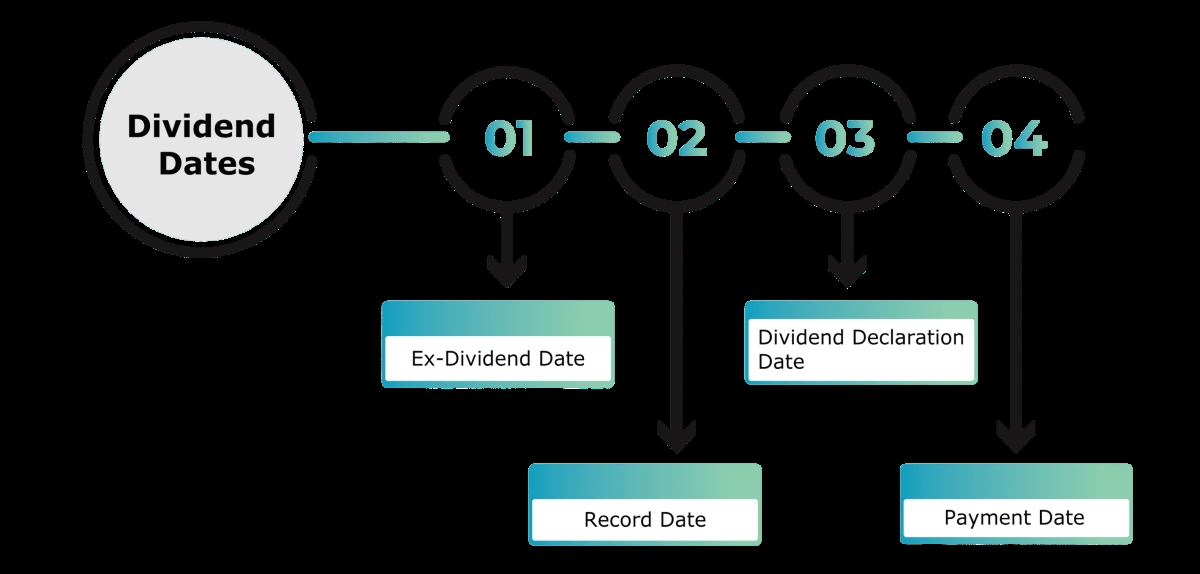Home>Finance>Financial Analysis: Definition, Importance, Types, And Examples


Finance
Financial Analysis: Definition, Importance, Types, And Examples
Published: November 23, 2023
Learn the definition, importance, types, and examples of financial analysis in the field of finance. Gain expert insights to enhance your financial strategy.
(Many of the links in this article redirect to a specific reviewed product. Your purchase of these products through affiliate links helps to generate commission for LiveWell, at no extra cost. Learn more)
Understanding Financial Analysis: Unlocking the Secrets of Success
FINANCE, a dynamic category that encompasses a wide range of topics, serves as the backbone of many businesses and individuals. From managing budgets to making strategic investment decisions, understanding the intricacies of finance is crucial for long-term success. In this blog post, we will delve into the world of financial analysis, exploring its definition, importance, various types, and providing real-life examples of its application.
Key Takeaways:
- Financial analysis involves assessing financial data to gain insights into the performance and health of a company or individual.
- Effective financial analysis enables informed decision-making and can drive business growth.
Now, let’s dive into the exciting world of financial analysis and uncover its true significance!
What is Financial Analysis?
Financial analysis is the process of evaluating financial data to gain a comprehensive understanding of the financial performance and health of a company or individual. By examining financial statements, such as balance sheets, income statements, and cash flow statements, analysts can identify trends, patterns, and potential risks or opportunities.
Financial analysis involves a deep dive into various financial ratios, including liquidity ratios, profitability ratios, and solvency ratios, among others. These ratios provide valuable insights into the overall financial strength and stability of the entity under scrutiny.
Importance of Financial Analysis:
Financial analysis plays a critical role in decision-making processes for companies, investors, and creditors. Here are two key reasons why financial analysis is of utmost importance:
- Informed Decision-making: Through financial analysis, decision-makers gain a clear understanding of a company’s or individual’s financial position. This enables them to evaluate potential risks, identify growth opportunities, and make informed choices regarding investments, budgeting, and operational strategies.
- Business Growth: By regularly conducting financial analysis, companies can track their performance, identify areas of improvement, and make necessary adjustments to drive growth. It allows businesses to assess their profitability, efficiency, and overall financial viability, ultimately leading to improved performance and sustainability.
Types of Financial Analysis:
Financial analysis can take several forms, each serving a unique purpose. Here are three primary types of financial analysis:
- Ratio Analysis: Ratio analysis involves calculating and comparing key financial ratios to evaluate a company’s performance. These ratios include liquidity ratios, profitability ratios, efficiency ratios, and leverage ratios. Ratio analysis helps assess a company’s ability to meet short-term obligations, generate profits, manage assets, and handle debt.
- Vertical Analysis: Vertical analysis examines the proportions and relationships between different financial statement items. It involves expressing each item as a percentage of a base figure, such as total assets or total sales. Vertical analysis allows for comparisons between different periods or companies, highlighting potential trends and areas of concern.
- Horizontal Analysis: Horizontal analysis compares financial data over multiple periods to identify changes and trends. By examining year-on-year or quarter-on-quarter data, analysts can determine the growth rates, identify areas of improvement, and detect any abnormalities or inconsistencies.
Real-Life Examples of Financial Analysis:
Let’s bring financial analysis to life with a couple of real-life examples:
- Example 1: ABC Corporation
- A financial analyst examines ABC Corporation’s financial statements and calculates ratios such as liquidity ratios, profitability ratios, and solvency ratios.
- The analysis reveals that ABC Corporation has a low current ratio, indicating potential liquidity issues.
- Based on this insight, the analyst recommends implementing measures to improve working capital management and boost short-term liquidity.
- This analysis helps ABC Corporation identify and address the liquidity concerns, ultimately safeguarding its financial health.
- Example 2: Personal Financial Planning
- An individual desires to analyze their personal finances to make informed investment decisions.
- By examining their income, expenses, and savings, the individual can calculate their debt-to-income ratio and determine their capacity to take on additional debt.
- Using various financial planning tools, the analyzation reveals the importance of budgeting, debt reduction, and long-term savings to achieve their financial goals.
- This financial analysis helps the individual gain clarity on their current financial situation and make strategic decisions to secure their financial future.
Financial analysis serves as a valuable tool for businesses and individuals, enabling them to make informed decisions, fuel growth, and achieve long-term success. With a solid foundation in finance and a deep understanding of various financial analysis techniques, you can unlock the secrets to financial prosperity.
Keep exploring the vast world of finance, and remember, with proper financial analysis, the possibilities are endless!














